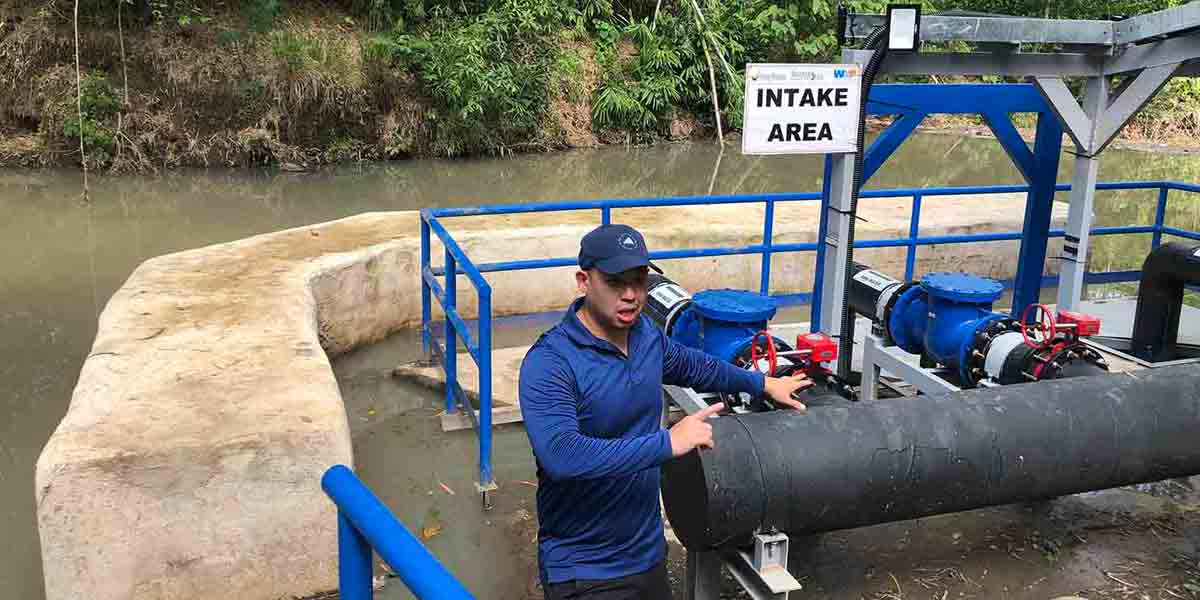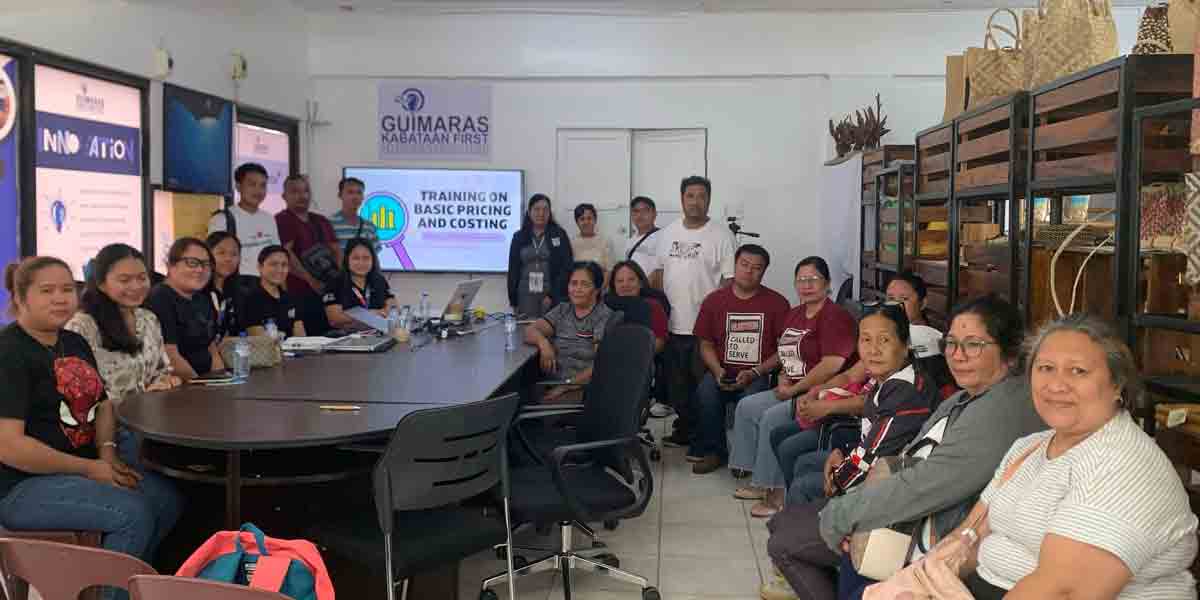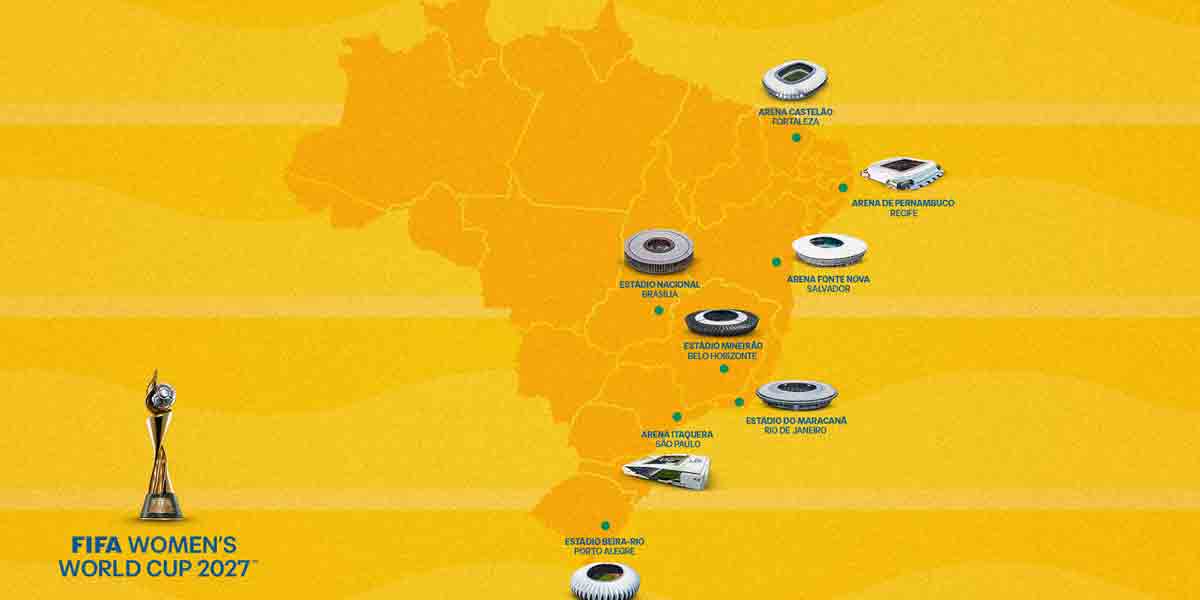
Cases of coronavirus disease 2019 (COVID-19) among young adults (21-30 age bracket) in Western Visayas has been increasing and is the most affected age group in the entire region, based on latest data from the Department of Health-Center for Health Development Western Visayas (DOH-CHD 6).
As of August 18, 2020, more than half of the cumulative cases in the region, or 2,200 of the 2,981 total cases, belong to the 21-50 age group.
Young adults posted the highest number of COVID-19 infections at 1,025, followed by the 31-40 age bracket with 689 cases and 486 cases from the 41-50 age group.
“The most affected age group are 21 to 50 so mostly on the working sector. Local government units (LGUs) in the region have imposed restrictions for teenagers and seniors. Hence, those who are vulnerable from the infection are those from the working sector who are usually exposed outside,” according to Dr. Jane Juanico, head of the infectious disease division of DOH-CHD 6.
Dr. Marie Jocelyn Te, medical coordinator for emerging and reemerging infectious diseases of DOH-CHD 6, said most COVID-19 cases from the working sector were unaware that they already contracted the virus.
“Sa subong naga-networking na daan ang transmission so usually they were infected from their office and without his/her knowledge nagatravel sila or nagapuli they infected their relatives and other close contacts,” Te explained in previous interviews.
For the past two weeks, majority of the cases detected in the region were either in workplaces or public setting.
In Iloilo City for instance, a bulk of cases were traced from the call center firm iQor and the Iloilo Fishing Port Complex.
As of Wednesday, the health department recorded clustering of cases in the workplaces in the region, particularly in BPO firm iQor with 139 active cases; Landbank Jaro branch in Iloilo City with five cases; National Irrigation Administration (NIA) with six cases; Department of Public Works and Highways (DPWH) in Bago City with five cases; OSCA in Bacolod City with three cases; and call center firm, WNS in Iloilo City with two cases.
DOH-CHD 6 said local government units (LGUs), private sectors, and national government agencies (NGAS) should work hand in hand to ensure the compliance of minimum health standards in workplaces and public setting.
The DOH data coincides with the latest pronouncement of the World Health Organization that the novel coronavirus is being increasingly driven by people aged in their 20s, 30s and 40s who are unaware they are infected because they have no or mild symptoms.
Because many people from this age range are asymptomatic or have mild symptoms of COVID-19, they unknowingly pass on the virus to others, Takeshi Kasai, WHO’s regional director for the Western Pacific said on Tuesday.
“This increases the risk of spillovers to the most vulnerable, the elderly, the sick in long-term care, people who live in densely populated urban areas and underserved rural areas,” he said.
An analysis of six million cases with detailed information reported to the WHO between February 24 and July 12 showed an increase in the proportion of children and young people infected.
The proportion of affected children aged zero to four grew from 0.3 percent to 2.2 percent, those aged five to 14 years grew from 0.8 percent to 4.6 percent, while those aged 15 to 24 grew from 4.5 to 15 percent of the total cases analyzed.
“While we see differences across regions, we do see a consistent shift towards more younger people being reported among COVID-19 cases,” WHO said.
“There are a few possible explanations for these trends, including a rise in risky behaviour among young people after lockdowns and other public health and social measures were lifted, expanded availability of testing, and an increased spread of COVID-19 across communities,” it added. (ERS/With a report from aljazeera.com)
















